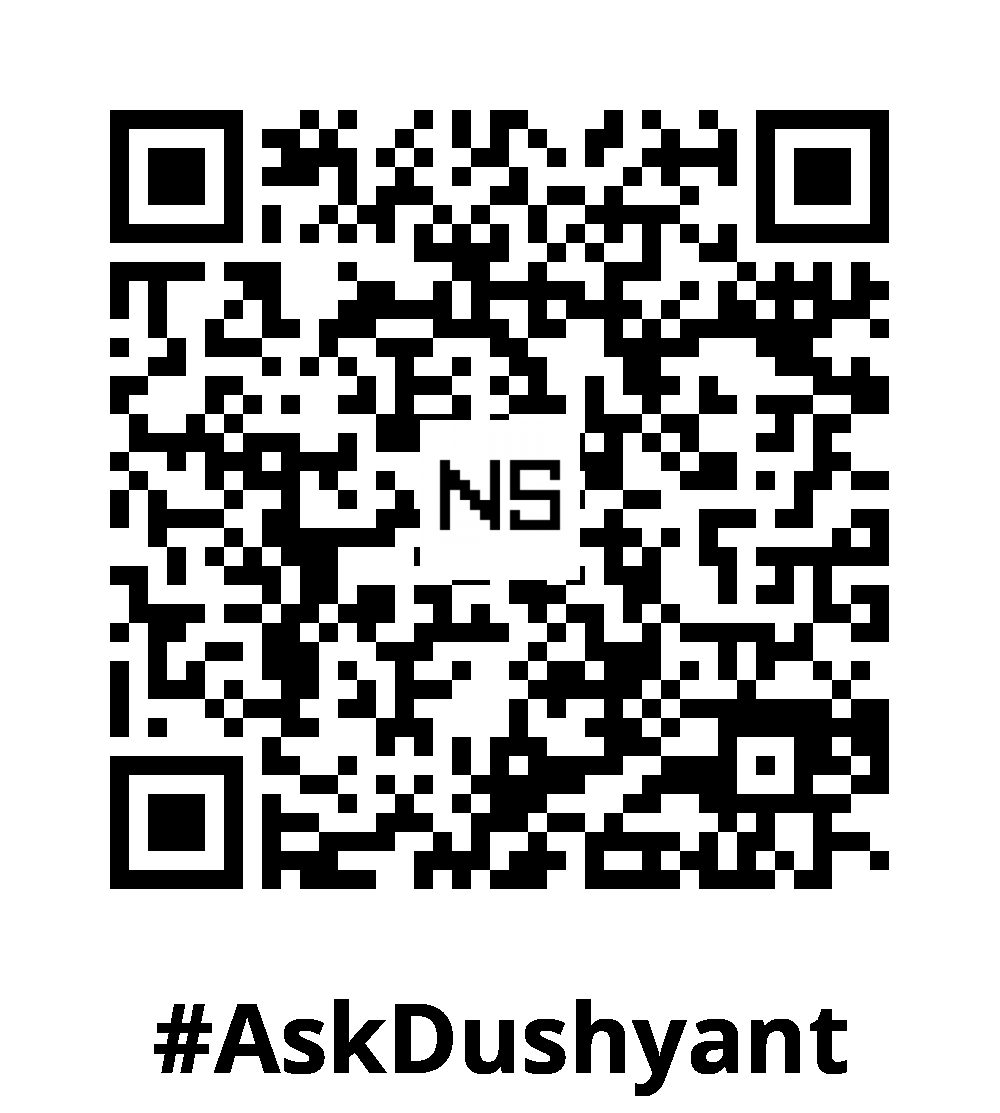In an age where cyber threats are on the rise, protecting your online accounts has never been more crucial. Building on my 18+ years of expertise in the tech corporate field,I affirm that application data security is a non-negotiable priority. Innovations like Two-Factor Authentication (2FA) may seem simple but significantly enhance application security. Did you know that 80% of hacking-related breaches could have been prevented with two-factor authentication (2FA)? If you’re wondering what 2FA is and why it’s vital, this tech concept will walk you through the essentials.
What is Two-Factor Authentication (2FA)?
Two-Factor Authentication (2FA) is a security process that requires users to provide two distinct forms of identification before accessing an account. Unlike traditional methods relying solely on passwords, 2FA adds an extra layer of security.
Think of it as locking your house with both a key and a security alarm. Even if someone steals your key (password), they still need to bypass the alarm (second factor) to enter.
Why is 2FA Important?
Passwords, no matter how strong, are vulnerable. Cybercriminals use tactics like phishing, credential stuffing, and brute force attacks to steal them.
By requiring a second form of verification, 2FA mitigates risks. Even if your password is compromised, unauthorized access becomes highly unlikely. For instance, many high-profile data breaches could have been avoided with 2FA in place.
Three Types of Authentication Factors
1. Knowledge Factors (Something You Know)
This refers to information only you know, such as passwords, PINs, or answers to security questions.
- Example: Your email password.
- Advantages: Simple to implement.
- Disadvantages: Vulnerable to phishing and guessing.
2. Possession Factors (Something You Have)
This involves physical items or digital devices, like your smartphone or a hardware token.
- Example: A one-time code sent via SMS or generated by an authenticator app.
- Advantages: Adds a strong security layer.
- Disadvantages: You risk losing access if the device is misplaced or stolen.
3. Inherence Factors (Something You Are)
This category uses your unique biological traits or behaviors, like fingerprints, facial recognition, or voice patterns.
- Example: Unlocking your phone with Face ID.
- Advantages: Difficult to replicate.
- Disadvantages: Requires specialized devices and infrastructure.
How Does 2FA Work?
Here’s how 2FA typically operates:
- Step 1: You log in with your username and password (knowledge factor).
- Step 2: The system asks for a second form of verification, like a one-time password (possession factor).
- Step 3: Upon successful verification, you gain access to your account.
This straightforward process significantly reduces the chances of unauthorized access.
Popular 2FA Methods
- SMS-Based Codes: Codes sent to your phone via text message. While convenient, this method is vulnerable to SIM-swapping attacks.
- Authenticator Apps: Tools like Google Authenticator or Authy generate secure one-time codes. These are more secure than SMS.
- Hardware Tokens: Physical devices, such as YubiKey, provide the highest security.
- Biometric Authentication: Fingerprints, facial recognition, or voice patterns, commonly used in modern smartphones.
Benefits of 2FA
- Enhanced Security: Significantly reduces the likelihood of account breaches.
- Peace of Mind: Offers assurance that your accounts are well-protected.
- Compliance: Meets security requirements in industries like finance and healthcare.
Challenges of 2FA
While 2FA offers robust protection, it’s not without limitations:
- Accessibility: Not everyone has access to smartphones or tokens.
- Convenience: Some methods, like SMS codes, can feel cumbersome.
- Adoption Gaps: Not all platforms support 2FA yet.
Best Practices for Using 2FA
- Use Strong Passwords: Combine 2FA with a unique and complex password for maximum security.
- Store Backup Codes Safely: Keep recovery codes in a secure location.
- Choose Secure Methods: Avoid SMS-based 2FA for sensitive accounts; opt for authenticator apps or hardware tokens.
My Tech Advice: I’ve witnessed countless cases of data breaches in financial, social media, and shopping apps, leading to significant financial losses exploited by cybercriminals. Two-Factor Authentication (2FA) is a simple yet powerful tool to protect your online accounts. In an era of rampant cyber threats, 2FA provides an essential layer of defense—enable it on all critical apps to safeguard your hard-earned money.
#AskDushyant
#TechConcept #TechAdvice #CyberSecurity #2FA #TwoFactorAuthentication


Leave a Reply